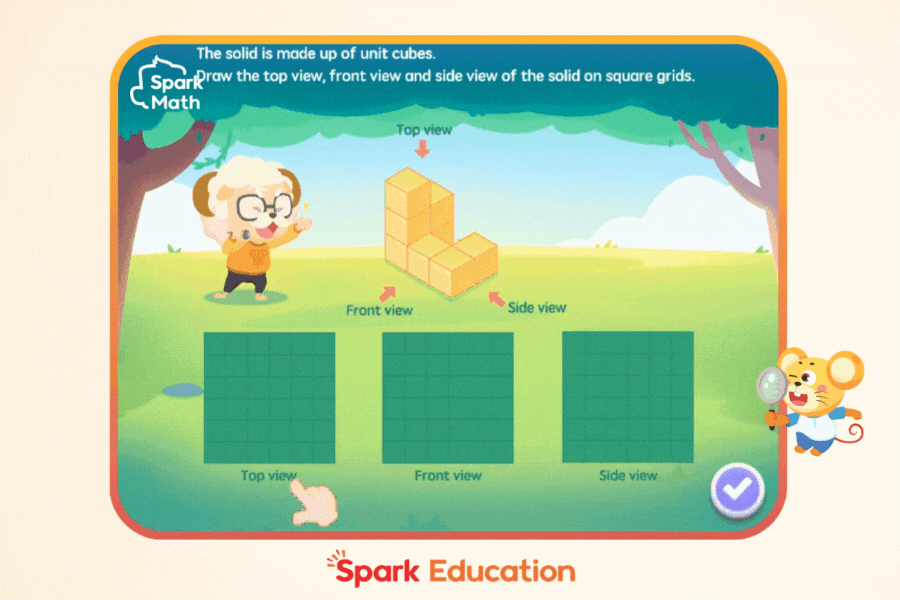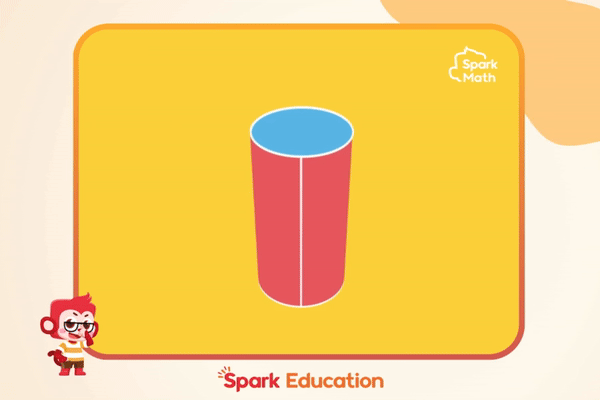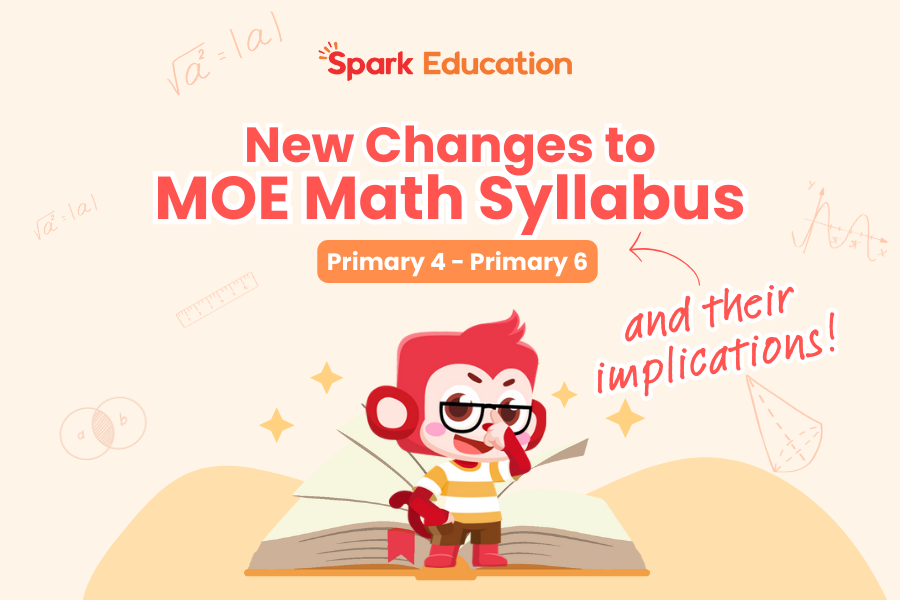The revisions to the MOE Math syllabus for Primary 1-6 have garnered considerable attention from parents and students. This particularly concerns the Primary 4 students in 2024 onwards. As dedicated parents and educators, it’s crucial to stay informed about the latest educational updates and their implications to provide our children with every opportunity for academic success. Let’s explore how these modifications will better equip our young learners for PSLE, secondary education, and the 21st century challenges.
Related topics: The New MOE Math Syllabus (Primary 1-3) Myths Debunked and PSLE Exam Dates, Timetable, Exam Release, and More
What are the Changes in the New MOE Math Syllabus (Primary 4-6)?
The updates to the 2021 Primary Mathematics Syllabus by the Singapore Ministry of Education focus on three key areas: enhancing mathematical thinking, deepening core concepts, and promoting self-learning and reflection.
Here’s an overview of the timeline:
- The 2021 updates build upon the 2013 syllabus.
- The current Primary 1-4 students are learning the new 2021 syllabus.
- The current Primary 5 and 6 cohorts are still using the 2013 syllabus.
- The new Primary 5 and 6 curriculum will be implemented by 2025 and 2026.
One notable change is the rearrangement of certain concept across levels. For example, the Primary 2 Time concepts, covering topics like telling time to 5 minutes, are now moved forward to Primary 1. Similarly, certain concepts once reserved for Primary 4, are now in Primary 3.
Here are some of the other topic shifts across grade levels in the MOE Math Syllabus for Primary 4-6:
| Topic | Original Grade Level | Moved to… |
| Geometry: Turns and 8-point compass | Primary 4 | (removed) |
| Time: 12h & 24h clock | Primary 4 | Primary 3 |
| Average | Primary 5 | Primary 6 |
| Ratio | Primary 5 | Primary 6 |
| Pie Charts | Primary 6 | Primary 4 |
| Nets | Primary 6 | Primary 4 |
| Speed | Primary 6 | (removed) |
How Should We Understand the Changes in the MOE Math Syllabus?
The MOE Math syllabus adjustments may seem small, but they bring about significant shifts in students’ learning. Here’s what to expect:
1. Start Data Analysis Early
Primary 4 students now start learning data analysis with all the essential statistical representations early, as the topic of pie charts is brought forward from Primary 6. In other words, they progress from reading Picture Graphs in Primary 2 to Bar Graphs in Primary 3, and now to Tables, Line Graphs and Pie Charts in Primary 4.
Similarly, the topic of Average now moves from Primary 5 to Primary 6. This lets students establish a stronger foundation in data analysis before applying it to more complex concepts like calculating unknown values in a set of data.
At Spark Math, we use animated explanations and relatable storylines to teach data representations. For example, lower primary students will learn how data can be represented in various ways to share valuable information with readers while going on an imagery excursion to the newly revamped Bird Paradise with our study buddies!
Such early exposure equips them with diverse skills to interpret various data representations effectively. This smoother transition also prepares them to handle more complex math problems involving multi-data interpretation in the PSLE.
2. From Concrete to Abstract
Starting with Nets in Primary 4 before moving on to volume and surface area in Primary 5 is another strategic approach we can observe in the new MOE Math Syllabus.
Nets are 3D shapes flattened into 2D forms, much like unfolding a box to reveal its sides. This helps students to visualize the connection between 2D shapes and 3D solids. It also enhances their understanding of spatial relationships and prepares them for Volume & Surface Area concepts in Primary 5.


At Spark Math, we use animations and manipulatives to make learning more tangible. Our interactive courseware modernized the traditional CPA approach to help students visualize and explore abstract concepts with ease. Additionally, our students have free access to a library of animated videos and printables on Geometry topics.
3. More Balanced, Less Pressure
The changes to the MOE Math syllabus, espeically for the upper primary levels, promote a smoother learning curve and a more balanced learning experience. For instance, introducing Nets in Primary 4, and moving Average and Ratio to Primary 6, lightens the workload of Primary 5. This gives students extra time to master complex topics like Percentage and Volume & Surface Area.
Moreover, starting in 2026, the PSLE Math paper will exclude the topic of Speed, known for its abstract nature and difficulty for primary schoolers. This allows Primary 6 students to allocate more study time to other areas of the syllabus. They will eventually be more ready for Speed-related concepts after learning algebra basics in their lower secondary education.
At Spark Math, we offer a series of complimentary resources to support our Spark Math Primary 6 students for the PSLE. These include the Academic Enhancement Performance (APE) Program and monthly live webinars to address PSLE misconceptions. We also provide intensive PSLE revision materials with a digital pen, as well as PSLE Mock exams to simulate real exam conditions.

Seeing Beyond the Details
These changes introduced by the MOE pave the way for a smoother academic journey for our students throughout their primary school years. They also signify a renewed emphasis on:
- Building a robust foundation in data analysis through structured progression.
- Nurturing spatial comprehension and visualization skills from an early age.
- Integrating real-life math applications and life skills into early primary education.
At Spark Math, students’ learning comes first for the best outcomes and experiences. Our curriculum team includes former MOE teachers, child psychologists, and experienced curriculum researchers. We review our curriculum annually to align and update it with the latest MOE syllabus with proven teaching methods that deepen students’ mathematical comprehension.
Our experienced teachers prioritize hands-on learning, problem-solving and critical thinking skills with specialized teaching methods such as CPA and UDSC approaches. We also equip students with effective answering techniques, recognizing exam patterns, to master content and understand key concepts.
Give your child a head start with a forward-thinking education today!
Sign up for FREE trial class now! Experience firsthand how Spark Math empowers your child with academic prowess and vital 21st-century skills for lifelong learning and success.




